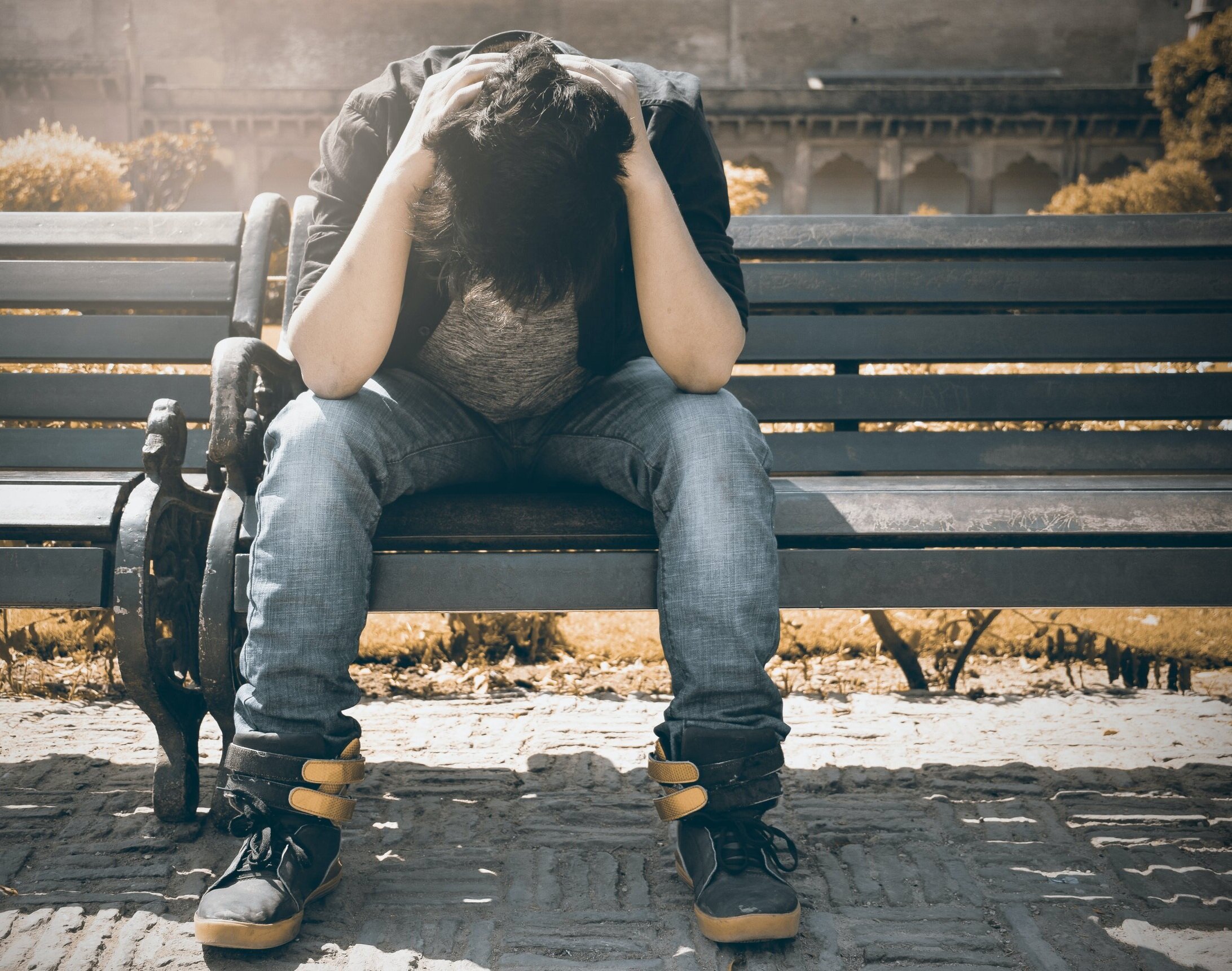Freedom from Fear
Anxiety is a normal reaction to stressful circumstances or thoughts, such as feeling anxious about a test or feeling anxious about a problem at work. However, when this normal process turns negative the weight of anxiety can be debilitating, causing significant difficulties in daily life and functioning. When anxiety problems rise to this level, it is likely that the it has developed into an Anxiety Disorder. Anxiety Disorders are common, affecting approximately 40 million adults per year. Importantly, Anxiety Disorders are treatable and often respond very well to therapy.
What causes anxiety disorders?
Anxiety disorders can form for a variety reasons. Between 30% to 50% of the cause may be genetic, but early childhood experiences (such as loss of a parent or overprotective parenting), recent stresses in life, perfectionism or unrealistic expectations about yourself and others, relationship conflicts, or divorce, alcohol or drug addiction, caffeine, poor coping skills, and other factors all contribute to the experience of anxiety. No matter the source for your anxiety, you don't have to struggle with anxiety on your own. Let me work with you to find relief.
Treatment for Anxiety
Anxiety Disorders are very common in America. Often clients seeking treatment for anxiety have other areas of their life that they would like to improve as well, which influences the types of therapeutic intervention used. I work with clients seeking short-term therapy, as well as those seeking longer-term work. I see clients who have a variety of different types of anxiety. The symptoms for each type of anxiety disorder are different but they may include overwhelming fears and a sense of dread.
The term Anxiety Disorder actually refers to a family of anxiety problems including the following:
GENERALIZED ANXIETY DISORDER (GAD)
GAD is characterized by chronic anxiety, exaggerated worry and tension, even when there is little or nothing to provoke it.
OBSESSIVE COMPULSIVE DISORDER (OCD)
OCD is characterized by recurrent, unwanted thoughts (obsessions) and/or repetitive behaviors (compulsions). These obsessions and compulsions can be very time consuming and leave little time for normal day-to-day activities.
PANIC DISORDERS (Panic Attacks)
People with panic disorder have sudden and repeated attacks of fear that last for several minutes or even longer. Panic attacks typically include a fear of disaster or of losing control even when there is no real danger. Panic attacks may include chest pain, heart palpitations, shortness of breath, shaking, sweating, dizziness, or abdominal distress.
PHOBIAS
Generally speaking, phobias are irrational and unrealistic fears that can interfere with your daily life. Common phobias include fear of blood or injection, insects or flying.
POST-TRAUMATIC STRESS DISORDER (PTSD)
PTSD can develop after exposure to a terrifying event or ordeal in which grave physical harm occurred or was threatened. Traumatic events that may trigger PTSD include violent personal assaults, natural or human-caused disasters, accidents, or military combat.
SOCIAL PHOBIA (or social anxiety disorder)
Of the various anxiety disorders, social anxiety is the most frequently encountered. Those with social anxiety have the feeling that they are constantly being judged by others. Social anxiety can interfere with enjoyment of school, work or other activities that involve other people.
My goal is to help you get better quickly, with reduced symptoms and dramatic improvements in you daily life. I draw from the following evidence-based types of treatment, which clinical research has found to be the most effective in treating anxiety, depression, and other mental health disorders. None of these treatments use any medication, and all of them are highly effective.
Types of Therapy:
COGNITIVE BEHAVIORAL THERAPY (CBT)
CBT is a practical, short-term approach to treatment that has been proven effective in treating a wide range of issues including anxiety, depression, insomnia, and relationship difficulties. In CBT, the goal is to identify and change patterns of behavior and thought that can perpetuate symptoms over time. CBT is normally considered a short-term therapy. It focuses on behavior and thinking patterns and helps clients make sense of by thinking rationally about the stressors that cause their anxiety. CBT helps clients become aware of irrational or negative thinking. CBT is present-focused, meaning patients are encouraged to identify what they can do right now to change how they feel.
EXPOSURE and RESPONSE PREVENTION THERAPY (ERP)
ERP, or Exposure Therapy, is a type of Cognitive Behavioral Therapy that is effective in treating OCD, phobias, panic disorder, and other anxiety disorders. In Exposure Therapy, you slowly and systematically confront situations that are anxiety-provoking. You learn to respond to your triggers as you become desensitized reduce anxiety. With ERP you practice confronting your fears in a controlled environment so that you can develop the skills to manage stressful situations on your own.
MINDFULNESS-BASED COGNITIVE THERAPY (MBCT)
MBCT combines Cognitive Behavioral Therapy techniques with mindfulness strategies so that you can more calmly manage your thoughts and emotions during periods of anxiety or depression. Through mindfulness training we examine how effective your current anxiety coping strategies are and develop new and stronger ways of coping. Mindfulness allows people to focus on the present, rather than worrying about the past of the future.



